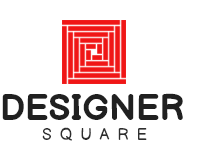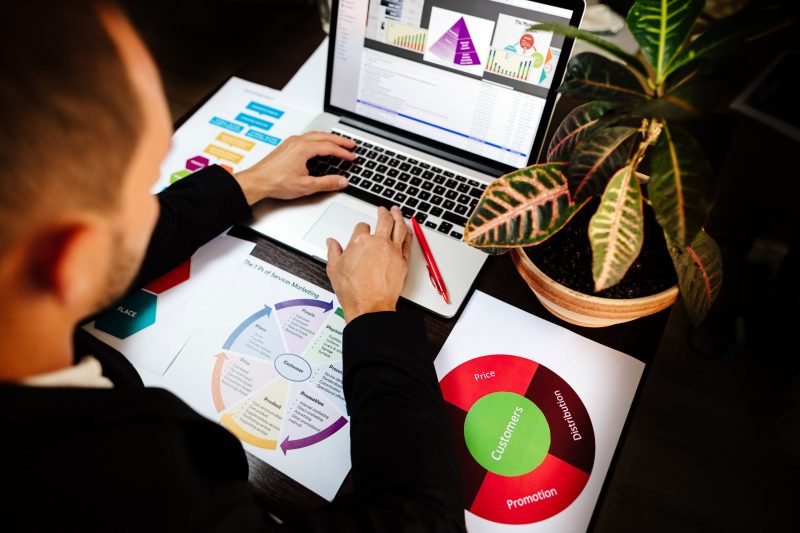Product design is an essential part of the product development process. It involves the creation of a product from an idea or concept to a physical form. Product design encompasses the entire process of creating a product from conception to completion. It involves research, data collection, ideation, prototyping, testing, refining, iterating, and design for manufacturing, user experience, and aesthetics. Product design is a complex process that requires a deep understanding of the problem, users, and the design process.
Understanding The Problem
The first step in product design is to understand the problem. This means researching and understanding the needs of the users and the market. This includes gathering data on user needs, competitor products, and market trends. It also involves understanding the technical aspects of the product, including the materials, components, and manufacturing processes. With this knowledge, you can develop a better understanding of what the product should look like and how it should function.
Research And Data Collection
Once you have a better understanding of the problem, the next step is to collect data. This data can be gathered through surveys, interviews, and other research methods. This data is crucial for understanding the needs of users and the market. It can also provide insights into the design of the product, such as user preferences, design trends, and materials.
Ideation And Conceptualization
After gathering the data, the next step is to create an idea or concept for the product. This involves brainstorming ideas and exploring different concepts. It is important to keep an open mind and explore different options. This is an iterative process and can involve multiple iterations before settling on an idea.

Prototyping And Testing
Once the concept is finalised, the next step is to create a prototype. This can be done through 3D printing, CNC machining, or traditional manufacturing processes. The prototype should be tested to ensure that it meets the requirements of the product and user needs. This testing can involve user testing, field testing, and other methods.
Refining And Iterating
After testing the prototype, the next step is to refine and iterate the design. This involves making adjustments to the design based on feedback and testing results. This is an iterative process and can involve multiple iterations before settling on a final design.
Design For Manufacturing
Once the design is finalised, the next step is to design for manufacturing. This involves optimising the design for manufacturing processes, such as injection moulding, 3D printing, and CNC machining. This is an important step in the product design process as it ensures that the product can be manufactured as efficiently as possible.
If you are considering using injection moulding, 3D Printing, or something similar to create your product, make sure to do your research and find a good company, as they can support you through the entire process, including prototyping and refining the design. A company like Adreco Plastics is a good place to start if you are UK based.
Design For User Experience
The next step is to design for user experience. This involves creating a product that is easy to use and meets the needs of the users. This can involve user testing, user research, and creating design elements that are intuitive and easy to use.
Design For Aesthetics
The last step is to design for aesthetics. This involves creating a product that looks aesthetically pleasing. This can involve selecting materials, colours, and finishes that are aesthetically pleasing and create a product that is pleasing to the eye.
Product design is an essential part of the product development process. It involves the entire process of creating a product from conception to completion. It involves understanding the problem, research and data collection, ideation and conceptualization, prototyping and testing, refining and iterating, design for manufacturing, design for user experience, and design for aesthetics. Product design is a complex process that requires a deep understanding of the problem, users, and the design process.


